
- Can deal with serious and sustained use
- Plenty of power if you pull hard enough
- Consistent and easy to adjust lever with comfy blade
- Very wooden feeling, chunky lever
- Expensive even before you factor in needing specific rotors
- Tricky to get a good bleed
TRP's G-Spec E-MTB brakes deliver decent power without a hint of fade, making them suitable for hard and heavy riders of a motor-assisted or normal persuasion that have issues cooking standard stoppers, but the lever design is clunky and they feel wooden at best. They're also expensive and tricky to bleed compared to rivals.
- The best four-piston disc brakes you can buy for all-mountain, enduro and trail MTBs
- Which disc brake pads are best for mountain bikes? Sintered or organic?
- Buyer's guide: electric mountain bikes - all you need to know about e-bikes
As the name suggests, these brakes are aimed at e-MTB riders that need extra stopping grunt and resistance to fading, but if there's nothing stopping you chucking them on a regular bike if you're an especially hard or heavy rider. In fact, these brakes are functionally the same as the more expensive G-Spec DHR brakes save for some less refined and heavier details.
That means you get a big calliper that uses four ceramic pistons per end, each with a stainless steel sleeve around them, something that should help keep them working smoothly for a long time. The calliper itself has a wide pad pocket that means you can theoretically change pads without taking your wheel out - though if they're heavily worn you'll need to push the pistons back to get the new pads in regardless. They also come with harder-wearing sintered pads as standard.
The lever is quite the unit. The aluminium blade profile is said to be designed by downhill legend Aaron Gwin; hence 'G-Spec'. The broad thickness is comfy and the dimpled details adds grip in mud, but the lad must have pretty chunky paws because these things are huge, both in lever and overall body length.
They also don't have any type of camming system such as Shimano's Servo Wave or SRAM's SwingLink, so while your braking input to output is totally linear, you do need to hang off the very end of them to get maximum power. That meant running the lever clamp pretty far inboard, which in turn interfered with my (Shimano band-on) shifter position. TRP does offer direct mount adaptors for both SRAM and Shimano, which should solve at at extra cost. The tool-less reach adjuster is nice and easy to use, however.
As well as the chunky calliper, part of the reason why these brakes are pitched at heavy-duty use is that they use a thicker than standard disc rotor; 2.3mm as opposed to the 1.8mm of TRP's other brake discs. More material in the rotor means they're able to absorb and then dissipate more heat before the pads get heated to the point where they don't work effectively, aiding consistency on long descents, but the callipers won't work with regular thickness discs.
It also means the discs alone are a fair bit heavier - the lighter and more expensive two-piece alloy spidered 180mm rotor I tested tipped the scales at 216g compared to the 124g of the similarly two-piece Shimano RTR99. That's a good chunk of unsprung weight you're adding, which might not be worth the trade-off if you're not cooking brakes all the time.
As mentioned before - and in common with most brakes these days - all parts are available separately, with the calliper and lever costing £160 before you add on which style and size of rotor you need plus any adaptors. Even before adding in new rotors - which you'll have to, remember - that makes them chunk more expensive than SRAM's superb e-bike specific Guide RE stoppers, which come in at £125. A two-piece rotor costs £45 for 180mm and £55 for 203mm, with the steel item coming in at £30 and £34 respectively and the SRAM and Shimano shifter adaptors cost £10 per side, so costs can swiftly add up.
Price aside, the biggest issue I had with these brakes was that they're extremely wooden feeling. Teak has more tactile feedback than these things. Outright power was respectable if not mind-blowing, though the initial bite is nowhere near as fierce as cam-lever options from SRAM or Shimano. Some might like that more gentle feed-in of force, but I generally prefer my stopping power to arrive hard and fast. Ahem.
On the plus side, they are consistent, with no odd bite point issues, though I found them a bit of a bugger to bleed. Happily, they use less toxic and generally grim mineral brake fluid rather than the DOT kind, so both your paint and skin should survive however long it takes you to get them feeling firm. The lever and calliper aren't too lardy at 312g for a front (no adaptor) either. Though I've not been to the Alps to test them on proper mountains, they came out cool as a cucumber and smelling fresh on UK descents that can get a lot of brakes stinking as the pads start to cook, which is reassuring for their intended use.
In summary
The G-Spec E-MTB brakes offer plenty of power and seem impervious to fade, but while can happily forgive them the weight penalty, it's harder to overlook that there are other brakes with similar power and much more feel for a lot less money. Add in the huge clunky lever and annoying bleed process and unless you really, really need something that'll deal with huge amounts of heat, it's hard to love - or recommend - these stoppers.





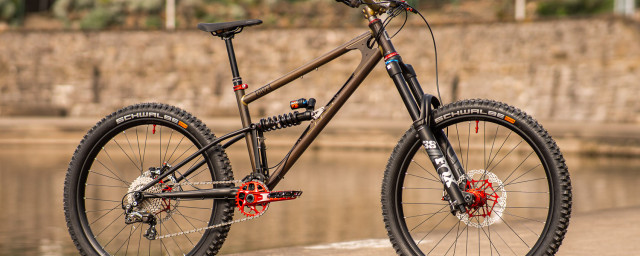
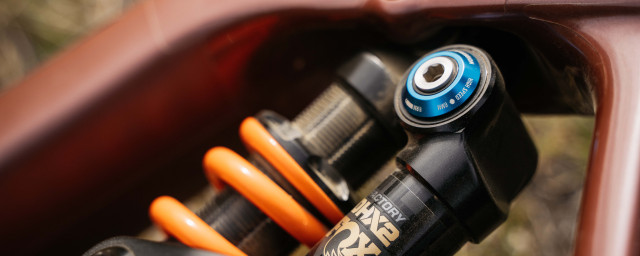

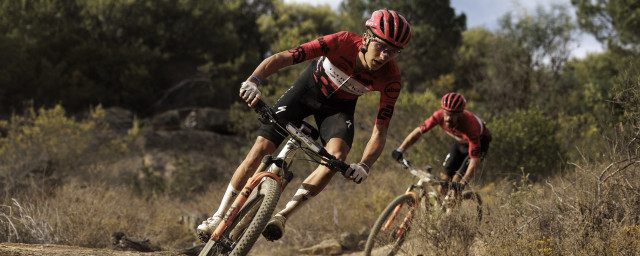


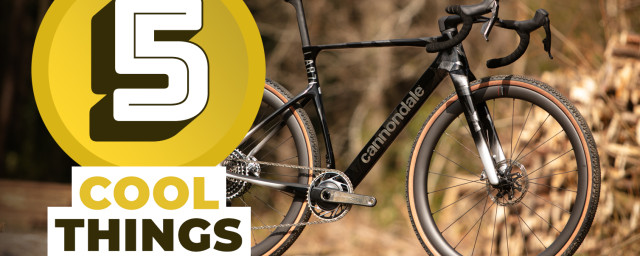
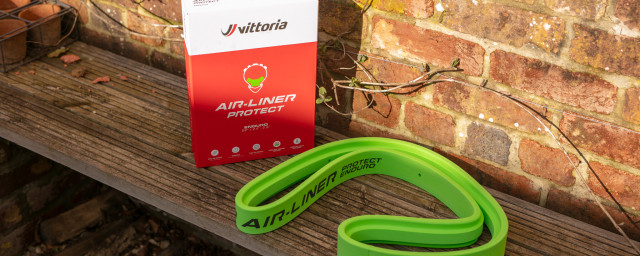
Add comment